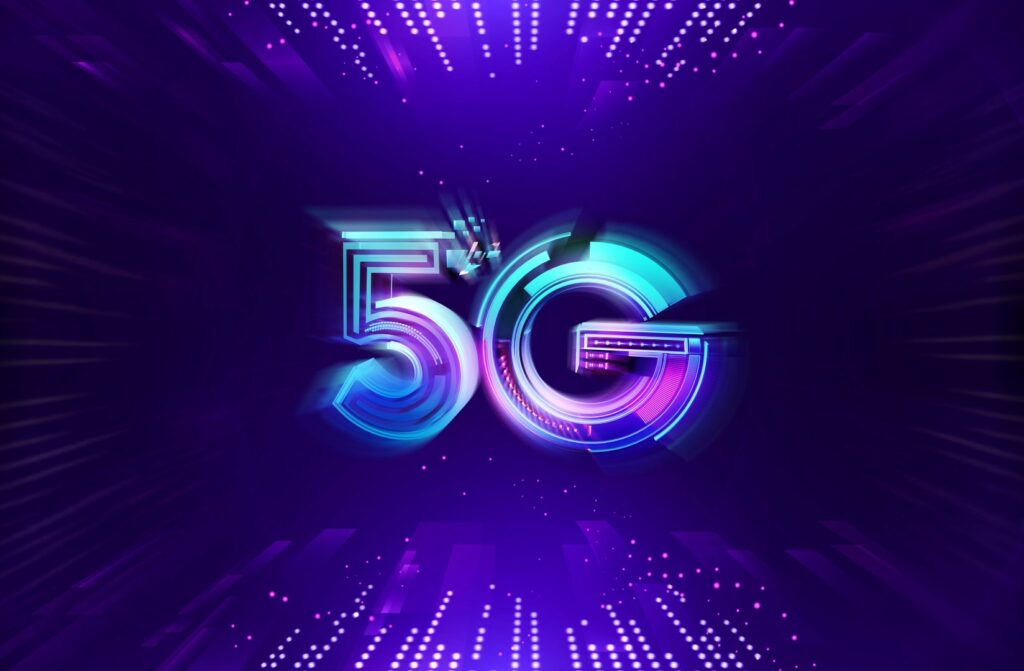3GPP’s Release 18 (Rel.18) will establish the initial step towards 5G-Advanced as the 5G standardization’s halfway point. In fact, the 3GPP has already indicated its intention to accept Rel.18 as the first 5G Advanced release.
3GPP accepted Release-18 during the RAN plenary conference in December 2021. The package consists of 27 distinct study or work items that will further enhance network performance and address new use cases. Specifically, the package addresses the incorporation of artificial intelligence (AI) and machine learning (ML) technologies into the advancement of 5G Advanced.

According to the 3GPP schedule, stage 2 of Rel.18 will be frozen in 2023, while stage 3 is anticipated to be frozen in the fourth or first quarter of 2023 or 2024. 3GPP also anticipates the protocol code freeze to take place in 2024.
5G Advanced inaugurates the second phase of the 5G decade, ushering in a fresh wave of breakthroughs in wireless technology. 5G Advanced is anticipated to strengthen the foundation of the 5G system in order to enhance speed, coverage, mobility, and power efficiency. Additionally, 5G Advanced will strive to expand 5G to nearly all devices, deployments, and use cases.
According to U.S. chipmaker Qualcomm, the Rel.18 package approved in December 2017 includes a collection of projects aimed at delivering a balanced 5G Advanced evolution that will address the short- and long-term needs of enhanced mobile broadband and expanded vertical use cases across the end-to-end 5G system.
During Rel.18 discussions, significant projects such as upgraded downlink/uplink MIMO, enhanced mobility, mobile integrated access/backhaul (IAB) and smart repeaters, evolved duplexing, AI/ML data-driven designs, and green networks will be discussed. Qualcomm stated that significant projects to expand 5G to nearly all devices and use cases include limitless extended reality (XR), NR-Light (RedCap) progression, expanded sidelink, expanded positioning, drones, and upgraded satellites and multicast upgrades.
Qualcomm emphasized that Rel.18 projects bring additional improvements to the 5G system, including enhancements to dynamic spectrum sharing (DSS), multi-SIM, in-device coexistence, small data transmission, quality of experience, carrier aggregation, self-organizing network/minimization of drive test (SON/MDT), and more.
According to the Swedish vendor Ericsson, the application of artificial intelligence (AI) based on machine learning (ML) techniques is a crucial component of 5G Advanced.
“AI/ML is expected to trigger a paradigm shift in future wireless networks. AI/ML-based solutions will be used to introduce intelligent network management and solve multi-dimensional optimization issues with respect to real-time and non-real-time network operation. AI/ML will also be used to improve the radio interface by further optimizing the performance of complex multi-antenna systems, for example. New use cases such as extended reality (XR) communication will use wireless networks to provide immersive experiences in cyber-physical environments and enable human-machine interactions using wireless devices and wearables.”
Ericsson
Ericsson identifies beamforming/MIMO, mobility upgrades, and network power reductions as the three most significant Rel.18 features for eMBB use cases, whereas RedCap, XR, and national security and public safety are the three most significant additions for non-eMBB applications (NSPS).
“RedCap UEs are expected to play a significant role in many future applications. Based on Rel.17, Rel.18 RedCap solutions will further reduce device cost and power consumption. Solutions enabling energy harvesting, such as energy-efficient wake-up radios, will be investigated.”
Ericsson
In Rel.18, Ericsson also emphasized three cross-domain capabilities that target both MBB and non-MBB use cases: AI/ML for physical layer (PHY) advancements, AI/ML for radio access network (RAN) enhancements, and full duplex.
In the coming years, 3GPP Release 18 will undoubtedly improve the performance of 5G systems, introduce features to enable more flexible and efficient spectrum utilization, advance support for diverse devices, evolve network topology to facilitate different deployments, and provide data-driven, intelligent network solutions.
Source: RCR Wireless

































